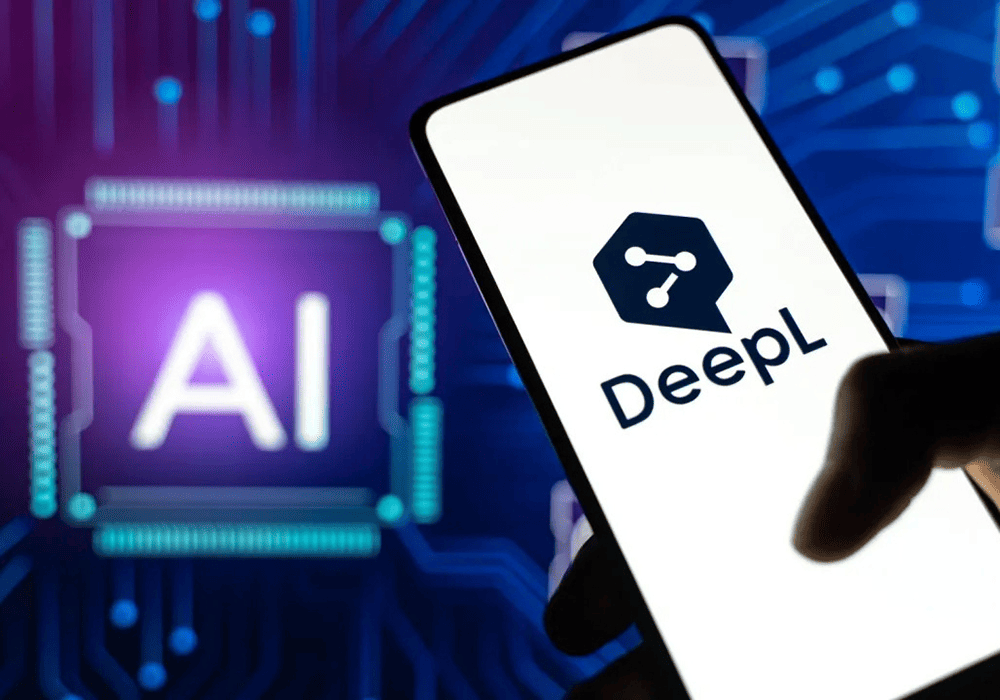
AI-powered translation tools have broken language barriers, making communication across different cultures more accessible than ever. Machine learning algorithms process vast amounts of linguistic data to improve accuracy and context-awareness in translations. AI can now understand idioms, slang, and even regional dialects, offering near-human accuracy in text and speech translations.
Google Translate and DeepL are among the leading AI-driven translation services, capable of converting text between multiple languages instantly. Speech-to-text applications like Otter.ai and Microsoft Azure Speech Translation enable real-time transcription and translation, making international business meetings and travel communication more seamless.
AI-powered chatbots, such as those used in customer support, also rely on natural language processing (NLP) to understand and respond to user inquiries efficiently. These chatbots are used in banking, e-commerce, healthcare, and many other industries to provide instant assistance without human intervention.
While AI translation tools continue to improve, challenges remain in contextual accuracy and cultural nuances, where human translators are still superior. However, as AI evolves, it is expected to bridge the remaining gaps and make real-time, high-quality translations available to everyone.